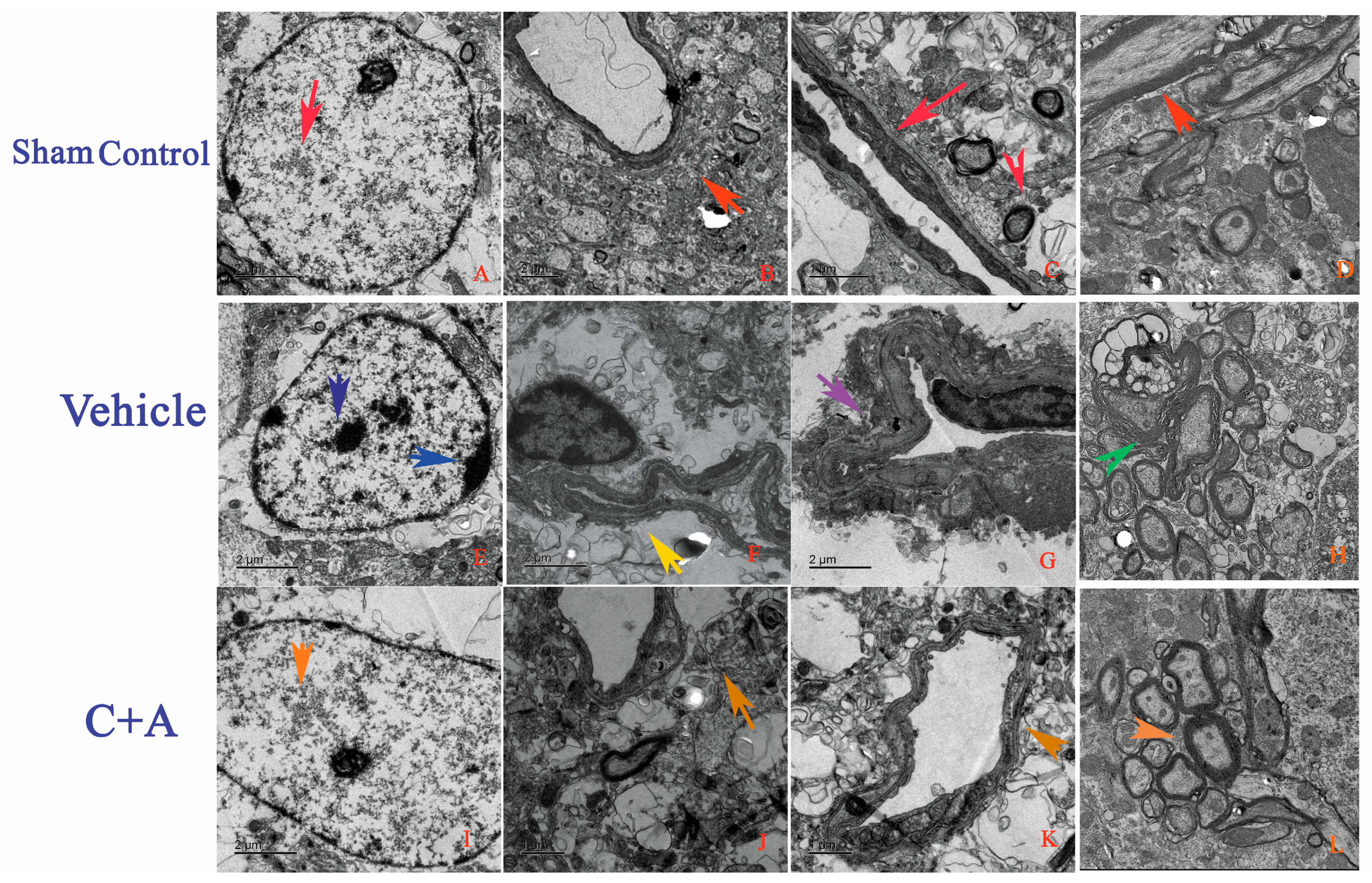Correction: Fu et al. C16 Peptide and Ang-1 Improve Functional Disability and Pathological Changes in an Alzheimer’s Disease Model Associated with Vascular Dysfunction. Pharmaceuticals 2022, 15, 471
Error in Figure
Reference
- Fu, X.; Wang, J.; Cai, H.; Jiang, H.; Han, S. C16 Peptide and Ang-1 Improve Functional Disability and Pathological Changes in an Alzheimer’s Disease Model Associated with Vascular Dysfunction. Pharmaceuticals 2022, 15, 471. [Google Scholar] [CrossRef] [PubMed]

Disclaimer/Publisher’s Note: The statements, opinions and data contained in all publications are solely those of the individual author(s) and contributor(s) and not of MDPI and/or the editor(s). MDPI and/or the editor(s) disclaim responsibility for any injury to people or property resulting from any ideas, methods, instructions or products referred to in the content. |
© 2025 by the authors. Licensee MDPI, Basel, Switzerland. This article is an open access article distributed under the terms and conditions of the Creative Commons Attribution (CC BY) license (https://creativecommons.org/licenses/by/4.0/).
Share and Cite
Fu, X.; Wang, J.; Cai, H.; Jiang, H.; Han, S. Correction: Fu et al. C16 Peptide and Ang-1 Improve Functional Disability and Pathological Changes in an Alzheimer’s Disease Model Associated with Vascular Dysfunction. Pharmaceuticals 2022, 15, 471. Pharmaceuticals 2025, 18, 985. https://doi.org/10.3390/ph18070985
Fu X, Wang J, Cai H, Jiang H, Han S. Correction: Fu et al. C16 Peptide and Ang-1 Improve Functional Disability and Pathological Changes in an Alzheimer’s Disease Model Associated with Vascular Dysfunction. Pharmaceuticals 2022, 15, 471. Pharmaceuticals. 2025; 18(7):985. https://doi.org/10.3390/ph18070985
Chicago/Turabian StyleFu, Xiaoxiao, Jing Wang, Huaying Cai, Hong Jiang, and Shu Han. 2025. "Correction: Fu et al. C16 Peptide and Ang-1 Improve Functional Disability and Pathological Changes in an Alzheimer’s Disease Model Associated with Vascular Dysfunction. Pharmaceuticals 2022, 15, 471" Pharmaceuticals 18, no. 7: 985. https://doi.org/10.3390/ph18070985
APA StyleFu, X., Wang, J., Cai, H., Jiang, H., & Han, S. (2025). Correction: Fu et al. C16 Peptide and Ang-1 Improve Functional Disability and Pathological Changes in an Alzheimer’s Disease Model Associated with Vascular Dysfunction. Pharmaceuticals 2022, 15, 471. Pharmaceuticals, 18(7), 985. https://doi.org/10.3390/ph18070985



